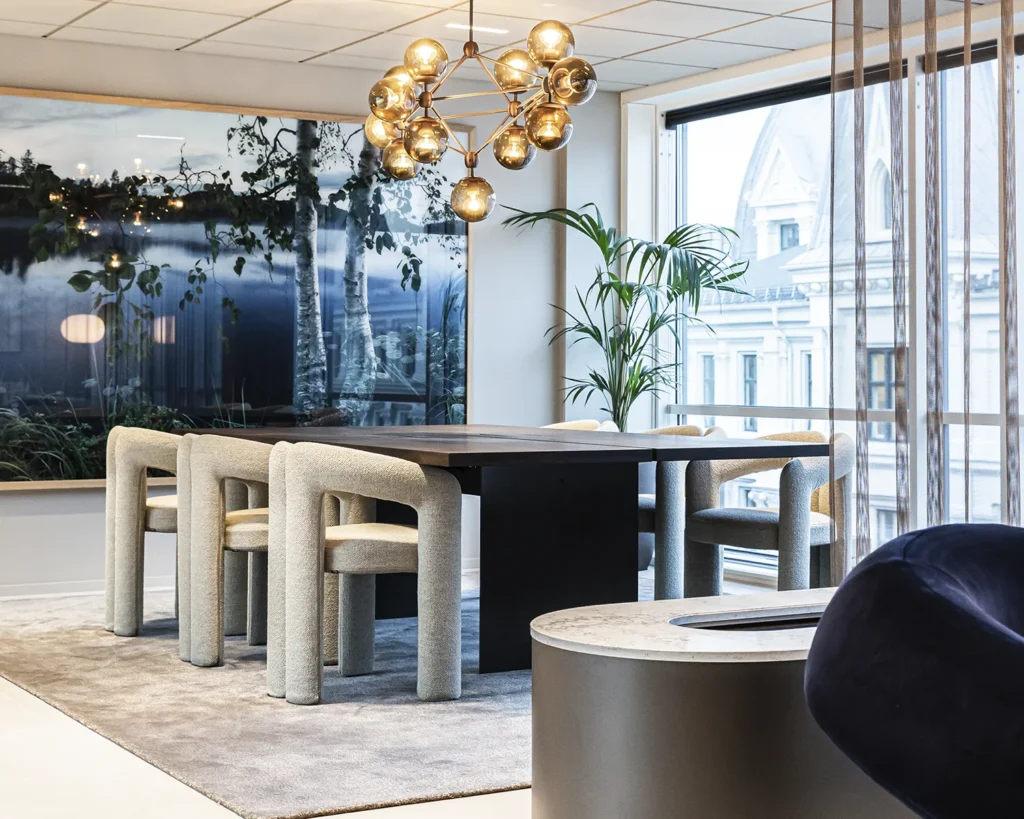Creative Rugs
Designing rugs for public interiors: what to consider
Designing a rug for public interiors involves a few essential choices. Purpose, traffic level, material, colour and size all influence how the rug performs — and how it supports the space.
This guide walks you through the key steps.

What to consider when choosing a rug
1. Define the purpose
Clarify what you want the rug to contribute. A rug can add comfort, guide movement, support acoustics or create visual cohesion. It can soften a room, define zones or bring warmth to seating areas.
2. Consider traffic and placement
Traffic level determines the right construction. Entrances and corridors require durable, low-pile surfaces, while lounges and meeting rooms allow for softer textures. Placement also influences function — under tables, in transition areas or in open lounges.
3. Choose material and technique
Material shapes both look and performance. Wool offers resilience, colour stability and acoustic comfort. Tufting techniques — from loop to cut pile — define texture, depth and maintenance. Choose a construction that matches daily use.
4. Select design and colour
Design and colour set the tone of the interior. Clear contrasts energise a room, while softer tones create calm. Patterns can define zones, support wayfinding or frame architectural features.
5. Decide size and shape
Size and shape influence furniture placement, flow and spatial clarity. Custom dimensions up to 5.0 × 8.9 m let you match the rug precisely to the room. Consider proportion, circulation and how the rug interacts with the architecture.
Understanding traffic levels in rug design
Each zone in a public interior places different demands on durability and comfort.
High Traffic
Frequent Traffic
Moderate Traffic
Light Traffic
Each rug is made to order and unique
Each Creative Rug is made to order for public interiors. Hand tufting naturally creates small variations in texture and size — a sign of craftsmanship. Each piece is built for long-term performance while maintaining its unique character.
Learn more about the hand-crafted nature of our rugs: here.
Three ways to design your rug
1. Choose from our curated standard collection
A defined set of colours, yarn qualities and tufting techniques — ready for use in many public interiors.
Explore our full standard rug collection→
2. Customise a classic
Start with a standard rug and adjust colour, material or construction to suit your project.
3. Design from scratch
Create a bespoke rug based on your own idea. We guide you through material choices, construction and expression.